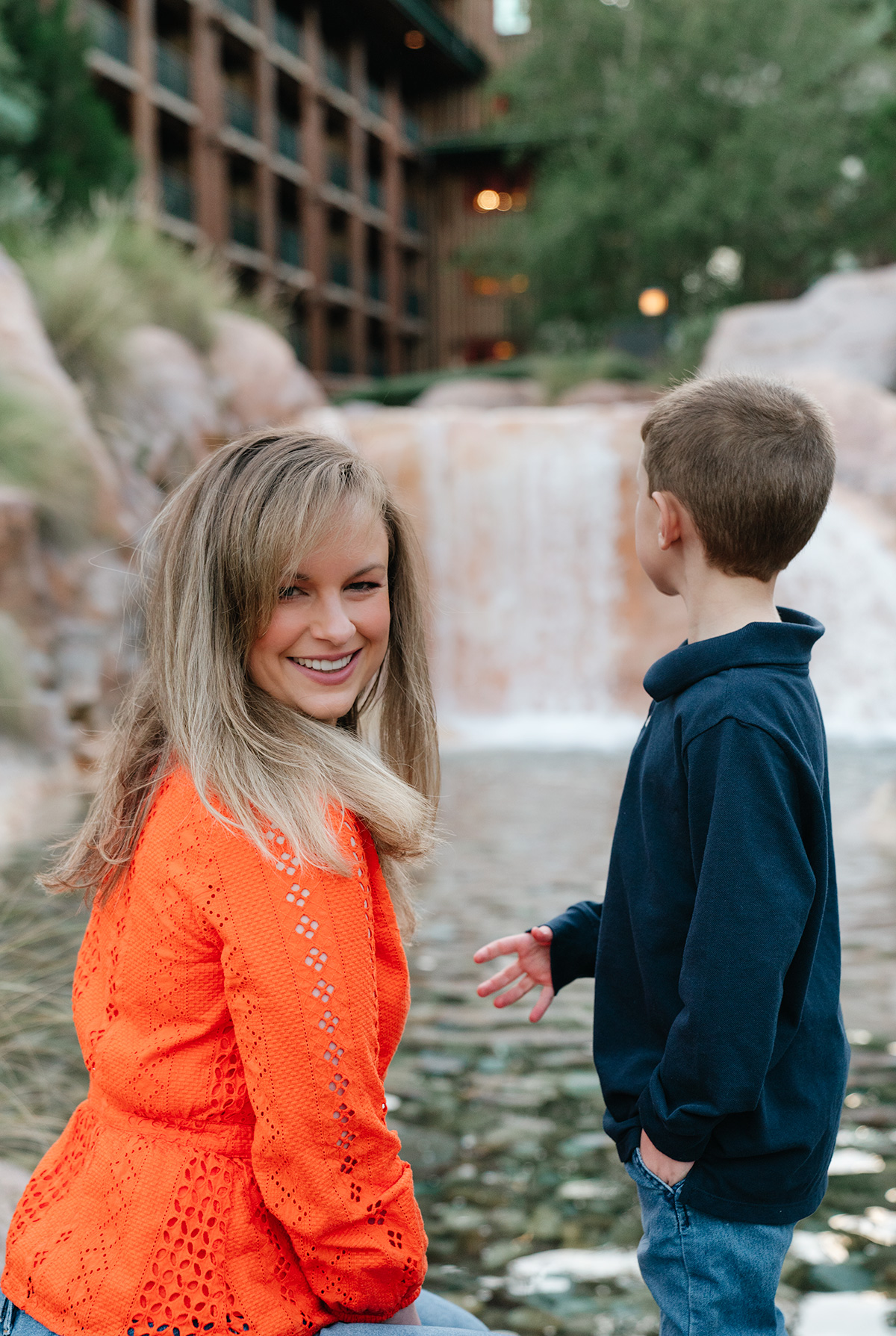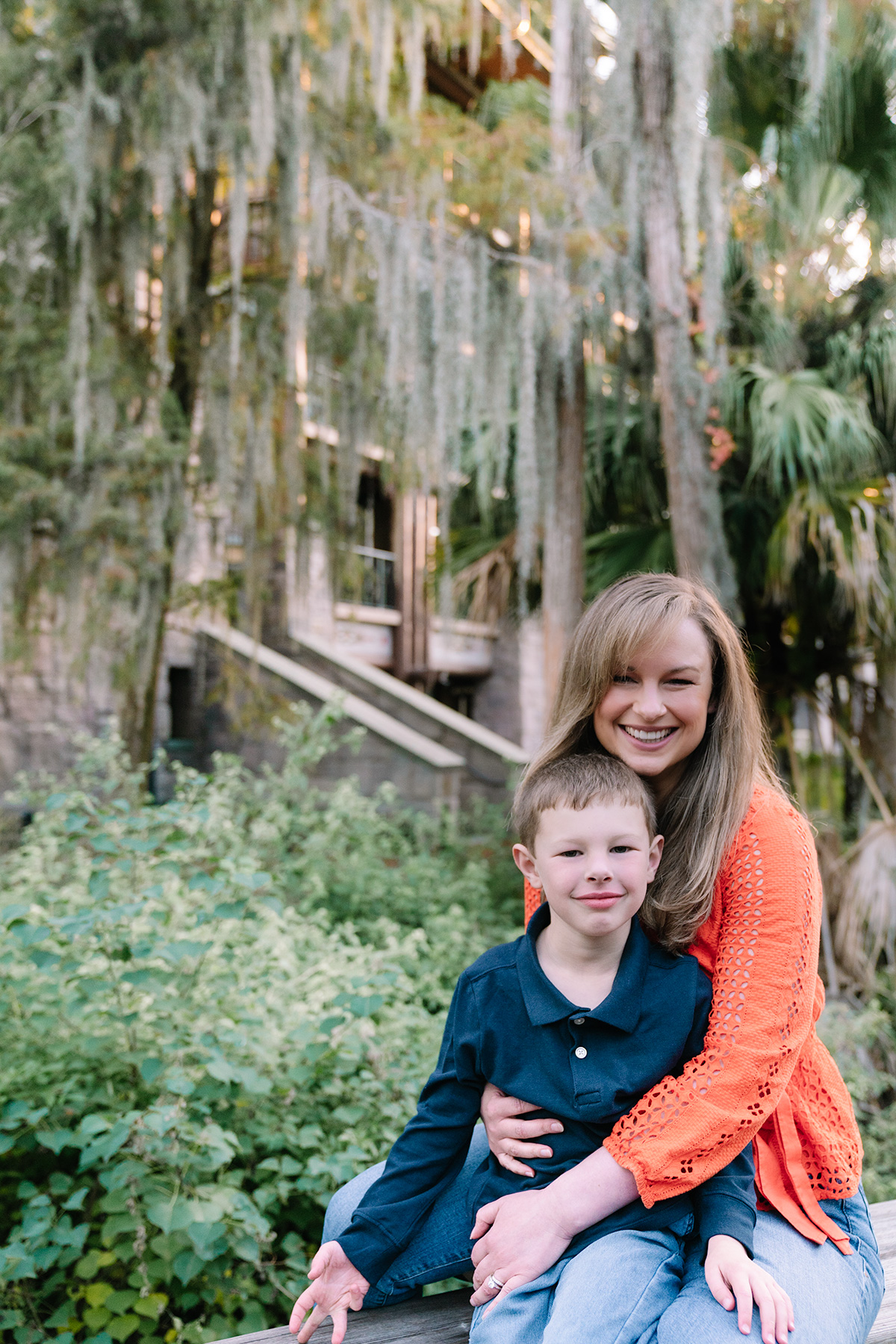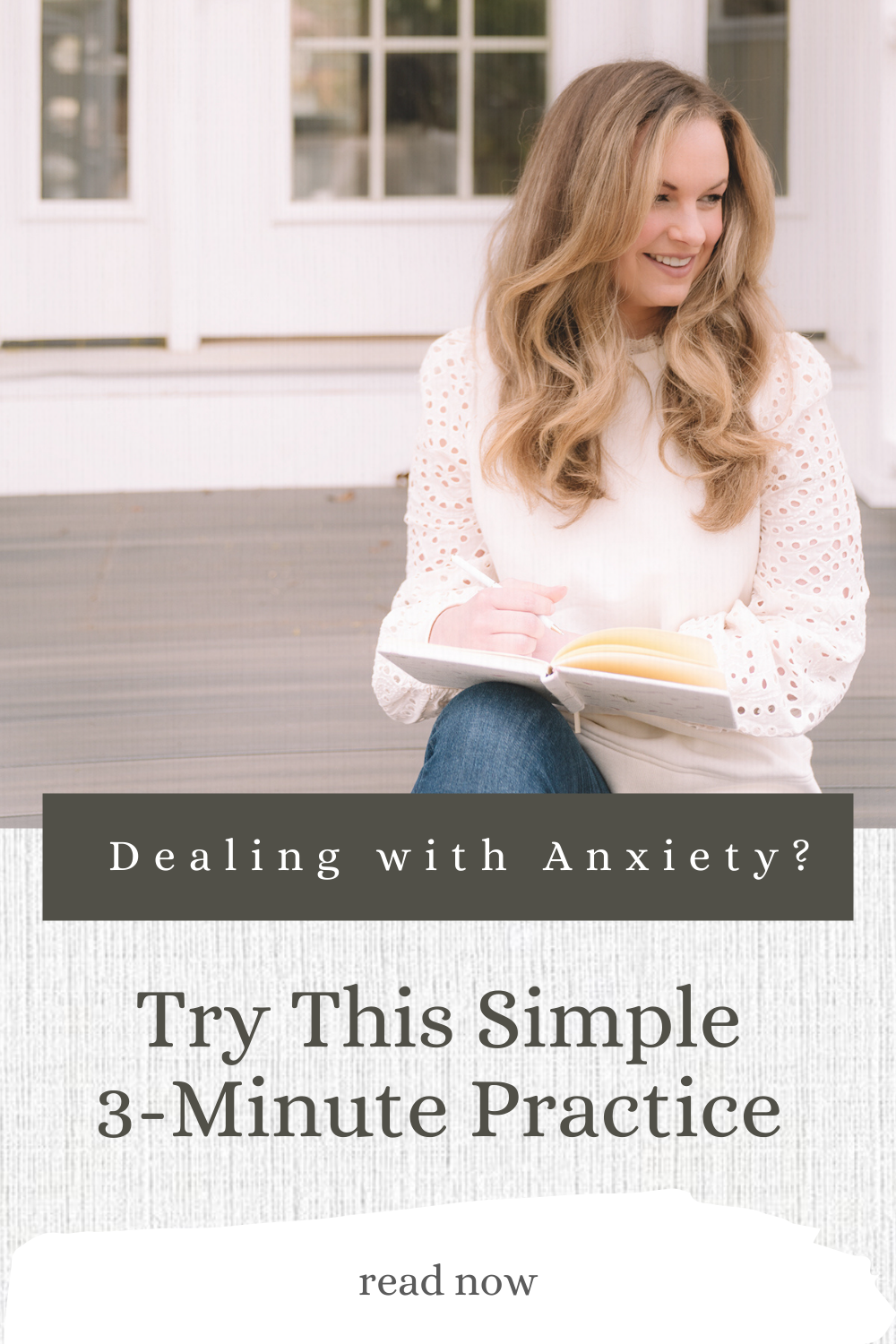
I don’t think I ever really understood what the word “anxiety” meant until I became a mom. But I can tell you now, with all certainty, the world of anxiety is a bleak and frightening place.
My initiation into anxiety began when Tru was a newborn and he’d sometimes choke while drinking milk.
The milk would just go down the wrong way. His eyes would go wide with confusion, and he’d seem to gasp for air for a few seconds. Then he was fine and ready to continue drinking. His doctor told me this is common for a lot of newborns, but it absolutely terrified me. I came to dread feedings so much, I’d actually put my cell phone in my lap so I was prepared to dial 911 if he choked.
Now that Trevor has passed that phase and moved on to a wide world of other adventures, my initial anxiety has given way to … a wide world of other anxieties!

This is the trouble: when I became a mom, I fell helplessly in love with the most innocent little being.
I felt it was my sole duty to keep that very helpless and fragile body perfectly safe and protected at all times. Unfortunately, no one can actually accomplish that mission.
I can’t control any of the other drivers around me on the roads, for example. Nor can I control anything that happens while Tru is at school. At the age of 18 months, Trevor walked off the side of the porch and hit his forehead on the rocks below. He was just beyond my reach and I couldn’t stop him in time. So it’s fair to say I can’t even control anything when I’m just a few feet away from him.
That sense of helplessness is the root of my anxiety. In certain situations (when I’m on a plane, as one example) anxiety seems to have me in a stranglehold. Most other times (when life seems to be moving more smoothly) anxiety is still present, lurking in the shadows.
I came across a poem the other day when I was trying to decide if I should get a Shel Silverstein book for Trevor. The poem is about the horrible “Whatifs” that strike at night. I’m guessing this poem was actually aimed at anxiety-ridden moms, rather than their kids. Here’s an adaptation/excerpt of the poem:
Last night, while I lay thinking here,
Some Whatifs crawled inside my ear
And pranced and partied all night long
And sang their same old Whatif song:
Whatif I flunk that test?
Whatif green hair grows on my chest?
Whatif nobody likes me?
Whatif lightning strikes me?
Whatif I don’t grow tall?
Whatif my head starts getting small?
Everything seems swell and then
The nighttime Whatifs strike again!
-adapted from the poem “Whatif” by Shel Silverstein
Can all moms relate to this? I, for one, feel like Shel Silverstein peered straight into my mind. I sometimes bolt awake as early as 3am with my most well-worn “Whatifs” circling around my brain like laundry on the spin cycle.

A 3-Minute Practice For When You’re Dealing With Anxiety: “Whatif” Reversal
I’ve tried a lot of techniques to help me cope with my anxiety. I plan to share anything I find really helpful on this site.
I’d like to begin with a “Whatif Reversal” practice today. This technique helps me cope with low-level anxiety. I find it’s especially helpful when I’m agonizing over a decision.
I’ve found this method effective in calming and quieting those relentless “Whatifs.” The practice is really straightforward and simple, and it’s all about considering new points of view.
While anxiety causes you to fixate on the most frightening scenarios, this practice will help you to: open your mind, broaden your awareness of possible outcomes, and remember that uplifting or loving alternatives also exist.
Step 1: Write Down Your “Whatifs”
The first step of the practice is simple. Just choose a topic that’s causing significant anxiety in your life right now. Then grab a sheet of paper and start writing all of the “Whatifs” that come to mind in relation to that topic.
If you struggle with anxiety, this step will be a piece of cake for you! Just write down all of your worries and fears about the specific topic you’ve chosen. Allow this to be a brainstorming session where you don’t judge anything. Don’t try to stifle or repress any thoughts. They’re already there, so it’s best to greet them, acknowledge them, invite them in. Just write down every complaint, concern, and anxiety.
I’ll give you an example from my own life. Recently, Trevor was complaining about being unable to make friends at school. He told me stories about classmates saying unkind things or being unwilling to play with him. While listening, I tried to appear reassured and confident for Tru. But inside, I became a cyclone of anxiety. Here were my “Whatifs:”
- What if he’s in the wrong school?
- What if I should homeschool?
- What if he loses his confidence?
- What if the other kids are cruel and hurtful?
- What if he grows to hate school?
- What if the classroom is too demanding or stressful?
- What if I can’t solve this problem for him?
- What if he can’t figure out how to work through this?
Step 2: For Each Anxiety You’ve Listed, Write the Opposite
Now that you have every last one of your “Whatifs” out on paper, it’s time to begin the reversal process.
Grab a second sheet of paper and simply write the opposite outcome to each “Whatif” that you wrote on the first sheet. Since the first step listed all of your big fears and complaints, this reversal process will feature peaceful, joyful, and uplifting thoughts.
If you’re dealing with anxiety, this step might take a little more concentration. We’re so used to cycling through our well-worn fears again and again and again. So we have very little practice in imagining loving and empowering outcomes.
Try stretching to music and taking a couple of slow, deep breaths. Then just give yourself the willingness to consider the opposite of each “Whatif.”
Here’s my “Whatif Reversal” to continue with my example above:
- What if he’s in a great school?
- What if the variety of people/surroundings is healthy for him?
- What if his confidence grows as he overcomes challenges?
- What if he finds a kind new friend?
- What if he continues to like school, as he always has?
- What if he thrives on challenge?
- What if I help him use his heart to work through his own struggle?
- What if I believe in his ability to move beyond this?
Step 3: Consider What Feels Most True
Next, crumple your first sheet of “Whatifs” (your fears and complaints) and throw it away. Even rip it up. If you’re dealing with anxiety, you already think through those fears on a regular basis. So there’s no need to save the list.
Then take a few slow, deep breaths and read your Whatif Reversal sheet out loud. Say each loving “Whatif” slowly. Truly try to envision the scenario. Feel the positive emotion as if each one has already happened. It really makes a difference to imagine and feel the positive outcomes. You should sense a wave of hope or calm wash over you.
While reading each Whatif Opposite, ask yourself, “is this outcome more likely?” And, “does this outcome feel more true?”
In terms of dealing with anxiety, I’ve found a lot of relief with this practice. In many cases, I’ve realized that I was fixating on “problems” that didn’t actually exist. My anxieties were unlikely future possibilities that I tormented myself with.
I’ve also found that the Whatif Reversal practice gives me a sense of peace as I allow myself to expand my mind and envision loving or hopeful outcomes. If a decision is still needed, at least I’m now in a place of calm and centered awareness.
Certainly, it’s not in our best interests to make a decision or take an action from that anxious state of frantic and choatic energy. This practice will help you bring your energy levels to a state of equinimity and empowerment.
And definitely continue with your “Whatif Reversal” practice all throughout the day, every day, as you notice anxiety rising. We’re so habitual in cycling through our fearful thoughts, we need consistent and frequent practice with the opposite thoughts in order to make an impact in our lives. Throughout the day, I still notice anxious “Whatifs” coming up, such as, “what if I’m doing a terrible job as a mom?” or, “what if I’m failing at everything?” But now I’m becoming more practiced at considering the reversal, such as, “what if i’m doing the best I can?” and, “what if my best is enough?”
Returning to my example above: within about one to two weeks, Tru stopped complaining about friends. At the school playground at pick-up, I noticed him playing and laughing with several kids. It seemed like his struggles were a very short-lived phase. In this case, all of the torture I brought on myself was unnecessary. My endless “Whatifs” just made the tough life of a parent even more difficult, and for no helpful reason.
The next time you’re dealing with anxiety and the horrible “Whatifs,” try this practice and please let me know in the comments below (or on my Contact page) how it works for you!
